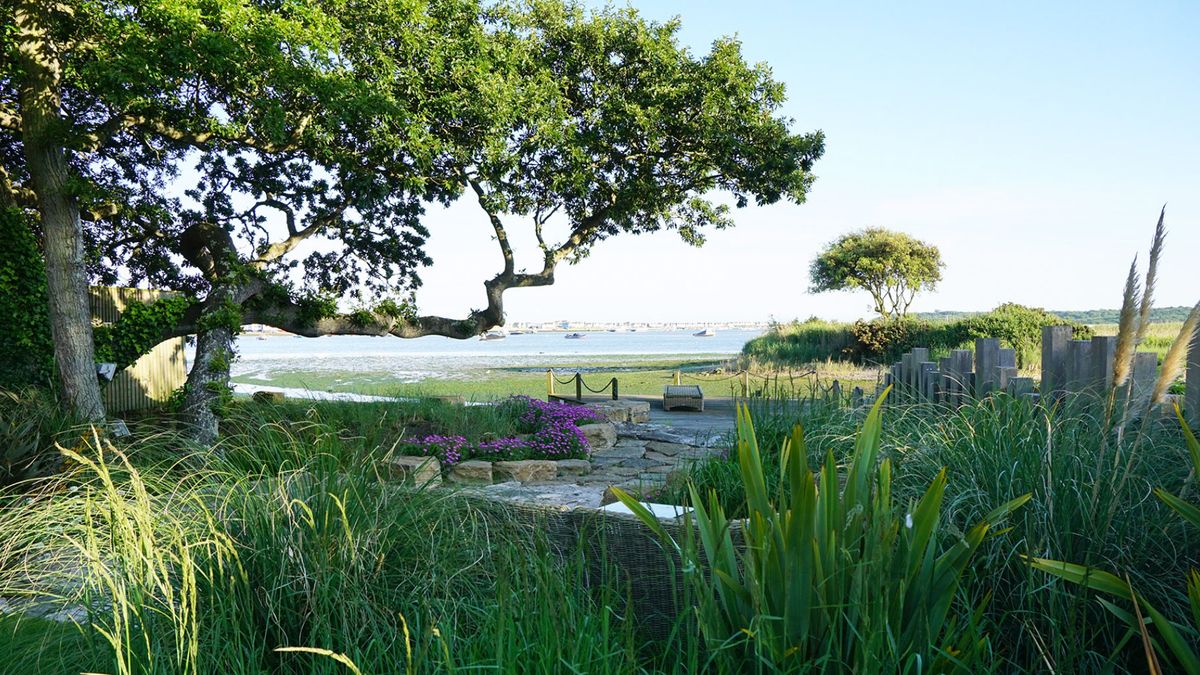You’ll find advice online that includes wiping off the sticky stuff with vinegar and water or using a homemade mix of equal parts turpentine, white vinegar and boiled linseed oil.
Jeff Jewitt, a finishing expert and author of “Refinishing Furniture Made Simple” and other books on finishing, recommends starting by putting on nitrile gloves and dampening a cloth in paint thinner or mineral spirits. Rub a small area in circles, he said, then turn the rag to expose a clean area and go on to the next spot.
This treatment will take off oily dirt, old wax and polish, but it won’t remove water-soluble grime, which is often a bigger problem. For that, he recommends using a capful of Dawn hand dishwashing detergent in a pint of lukewarm water.
Carol Fiedler Kawaguchi, a finishing expert on Bainbridge Island, Wash., and owner of C-Saw (cfkawaguchi.com/csaw), a business that focuses on restoring antiques, usually skips the step involving paint thinner or mineral oil, and instead of Dawn, she uses Murphy original oil soap ($4.59 for 16 ounces at Ace Hardware) diluted in warm water. The label suggests using ¼ cup, or two ounces, in one gallon of water, but for a smaller job, you could mix three teaspoons of the cleaner with four cups of water. For tough jobs, you can double the concentration of the cleaner.
It might seem counterintuitive to clean wooden furniture with a cleaning solution that’s so high in water, but remember that you’re now cleaning the finish, not bare wood. The trick, according to Jewitt and Fiedler Kawaguchi, is to avoid saturating the finish or creating puddles.
Jewitt uses a clean cloth that’s damp, not dripping, and he refolds it frequently to expose clean areas. Fiedler Kawaguchi uses a sponge or a mild scrub pad that’s wrung out well. She rinses the sponge or pad frequently in warm water, wrings it out, dips it into the cleaning solution and wrings it out again to clean a new area.
Both Jewitt and Fiedler Kawaguchi recommend performing a light final rinse with plain water and a wrung-out, clean cloth. “The idea is to keep water rinse to a minimum,” Fiedler Kawaguchi said. When she’s done, she wipes the surface dry.
If the piece still feels sticky once it’s dry, the finish itself is probably compromised, and simple cleaning won’t be enough.
Fiedler Kawaguchi’s next move is to determine whether the finish is shellac, a natural resin created by a type of insect. Shellac is a common finish on antiques but is rare on modern furniture, which is usually coated with lacquer, varnish or polyurethane. Pour a small amount of denatured alcohol onto the finish, wait a few minutes and see whether the finish is sticky; if it is, the finish is shellac.
If it’s shellac, Fiedler Kawaguchi puts on nitrile gloves and goes over the finish again, this time with denatured alcohol on a cloth or soft scrub pad. When she’s lucky, this revives the finish enough and no further work is needed. “It can sometimes pull off the gunky stuff without taking everything off,” she said.
It’s okay to stop at any point, wait for the surface to dry and test whether it’s still gummy. Once the sticky stuff is off, a new coat of shellac can go on if needed, because fresh shellac sticks to old shellac.
If the finish isn’t shellac, she switches to a solution that’s half denatured alcohol and half lacquer thinner, which will strip off gummy lacquer. Lacquer thinner is a more powerful (and more toxic) solvent than denatured alcohol, so she is careful to have good ventilation. She uses shop towels to wipe off residue.
If that doesn’t work, she uses Citristrip’s paint and varnish stripping gel ($12.98 a quart at Home Depot), which removes many finishes, including paint, varnish, polyurethane, lacquer and shellac. Wearing nitrile gloves thick enough to stand up to strippers and working where there is abundant ventilation, she applies the stripper with a paint brush and waits for the finish to soften, which can take 30 minutes to 24 hours. The surface must also be covered with plastic overnight, so the stripper doesn’t dry out.
She then uses a nylon scraper — never a metal one — to remove most of the residue. She gets the rest off using a 3M heavy-duty stripping pad ($2.98 for two at Home Depot) with a little paint thinner or turpentine, as well as shop towels.
For a final rinse, she uses paint thinner or turpentine. (She avoids water, because the surface is bare wood at that point.) Once the surface is dry, which can take a while after paint thinner is applied, it is ready for an oil-based stain or finish. For shellac, lacquer or a water-based stain or finish, it also needs a final cleaning with denatured alcohol to remove the oily residue from the paint thinner.
Have a problem in your home? Send questions to [email protected]. Put “How To” in the subject line, tell us where you live and try to include a photo.

